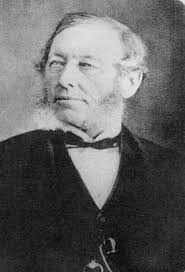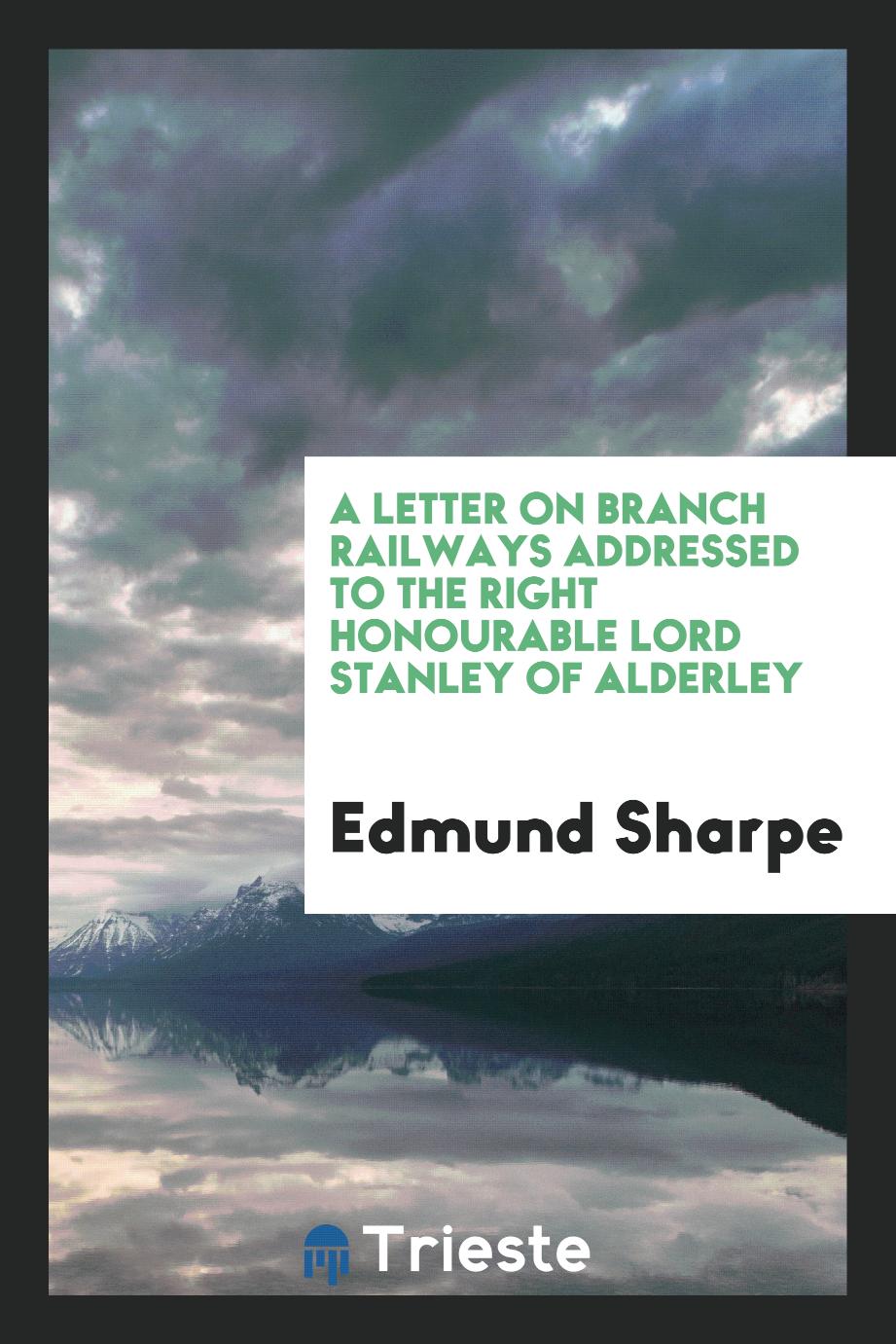
Edmund Sharpe
Edmund Sharp (October 31, 1809 - May 8, 1877) was an English architect, architectural historian, communications engineer, and sanitary reformer. Born in Knutsford, Cheshire, he was educated first from his parents, and then at local schools, as well as at Runcorn, Greenwich and Sedberg. After graduating from Cambridge University, he received a travel scholarship, which allowed him to study architecture in Germany and southern France. In 1835, he founded architectural practice in Lancaster, initially working independently. In 1845, he partnered with Edward Paley, one of his students. Sharpe's main focus was on churches, and he was a pioneer in using terracotta as a structural material in church building, designing the so-called “potted” churches, the first of which was the church of St. Stephen and all the martyrs, Lever Bridge. He also designed secular buildings, including residential buildings and schools, and worked on the development of railways in the north-west of England, the design of bridges and the planning of new lines. In 1851, he abandoned his architectural practice, and in 1856 he moved from Lancaster, spending the rest of his career mainly as a railway engineer, first in North Wales, then in Switzerland and in the south of France. Sharpe returned to England in 1866 to live in Scotfort near Lancaster, where he designed the last church near his home. Working in his architectural practice, Sharpe was involved in the civil affairs of Lancaster. He was an elected city councilor and served as mayor in 1848-49. Concerned about the poor water supply and sanitation of the city, he advocated the construction of new sewage and waterworks. He was a talented musician and took part in the artistic, literary and scientific activities in the city. Also an experienced athlete, he was actively interested in archery, rowing and cricket.
